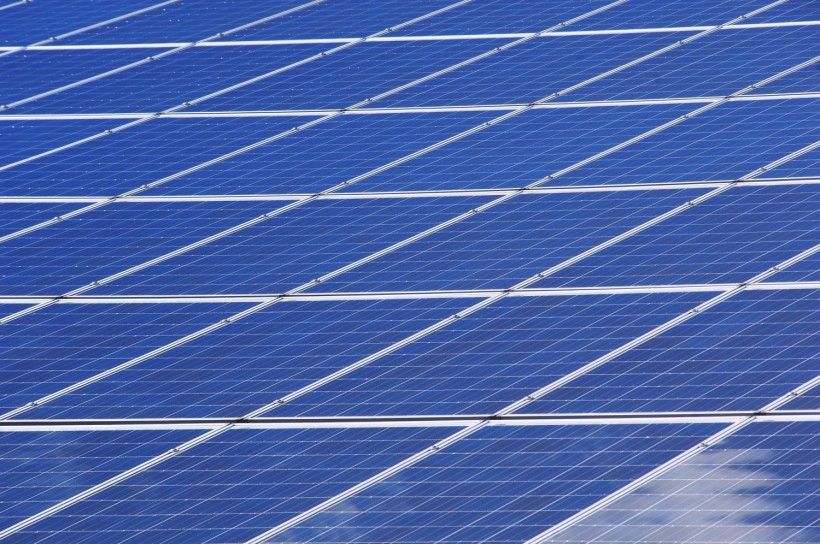A new study from the University of Illinois Urbana-Champaign suggests that renewable solar energy could play a crucial role in purifying water.
Traditionally, electrochemical separation has been employed for water remediation, an energy-efficient method for purifying contaminated water. However, this process typically relies on electric energy derived from nonrenewable sources, such as fossil fuels.

Using Solar Energy for Purifying Water
A team of chemists at the University of Illinois Urbana-Champaign has made a breakthrough by integrating solar energy into the electrochemical separation process using a semiconductor.
This approach harnesses solar power to drive a redox reaction, manipulating ions' electric charge to effectively separate them from water solutions.
In a demonstration of this system, the researchers effectively separated and removed dilute arsenate, a byproduct of arsenic from steel and mining industries, from wastewater. This development holds promise for the water treatment and environmental protection industries.
Lead investigator Xiao Su, a researcher at the Beckman Institute for Advanced Science and Technology and an assistant professor of chemical and biomolecular engineering, emphasized the significance of integrating solar power into electrochemical separations.
As global electrical energy is still predominantly derived from nonrenewable fossil fuels, this advancement offers a more sustainable approach to water purification and environmental remediation. The findings of the study were published in the journal Small.
Read Also: Houston's Arch of Time: World's Largest Sundial to Generate 400,000 kWh of Electricity Annually
Global Renewables Adoption on Track
In a related news, a study conducted by RMI, a non-profit organization in collaboration with the Bezos Earth Fund, reveals that renewable energy is on track to meet ambitious net-zero goals by 2030.
The analysis showcases the rapid growth of solar, wind, and battery capacity, aligning with net-zero scenarios. By 2030, solar and wind energy are projected to contribute over a third of the global power supply, a substantial increase from the current 12%.
These renewable energy sources are expected to become more cost-competitive, with the cost of solar and wind predicted to reduce by half by 2030 due to significant cost declines over the past decade.
Research from Systems Change Lab further supports these findings, highlighting the feasibility of scaling up solar and wind energy at an impressive pace.
Countries like Uruguay, Denmark, Namibia, and the Netherlands have demonstrated the potential of rapidly transitioning to renewable energy in diverse contexts.
The exponential growth of renewable electricity has reached a tipping point, indicating an irreversible shift away from fossil fuels. Fossil fuel demand in the electricity sector is expected to plummet as renewable energy becomes increasingly cost-competitive.
The COP28 goal of tripling renewables capacity by 2030 is now within reach, addressing certain barriers, such as grid investment, streamlined permitting, improved market structures, and enhanced storage.
According to the forecast, solar and wind energy will generate 12,000-14,000TWh of electricity globally by 2030, surpassing previous calls for tripling total renewable energy capacity.
Fossil fuel demand for electricity is predicted to decline by up to 30% from its peak in 2022 as renewable energy emerges as the more cost-effective option.
Related Article: 'Miracle Material' Perovskite Helps Scientists Break the 30% Efficiency Barrier of Solar Panels










